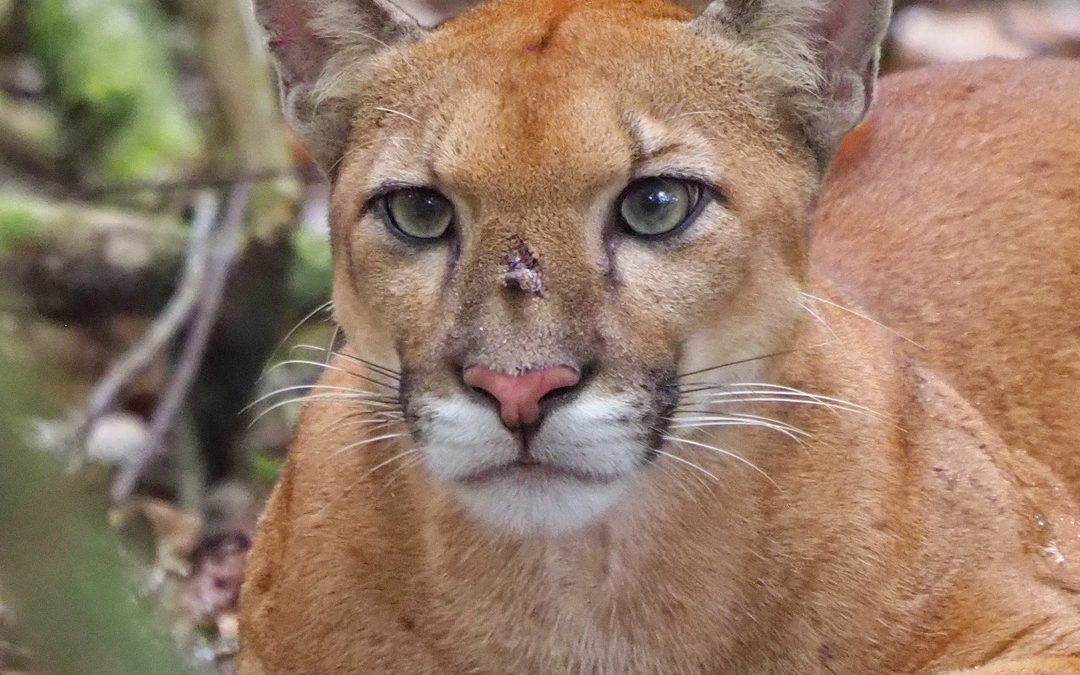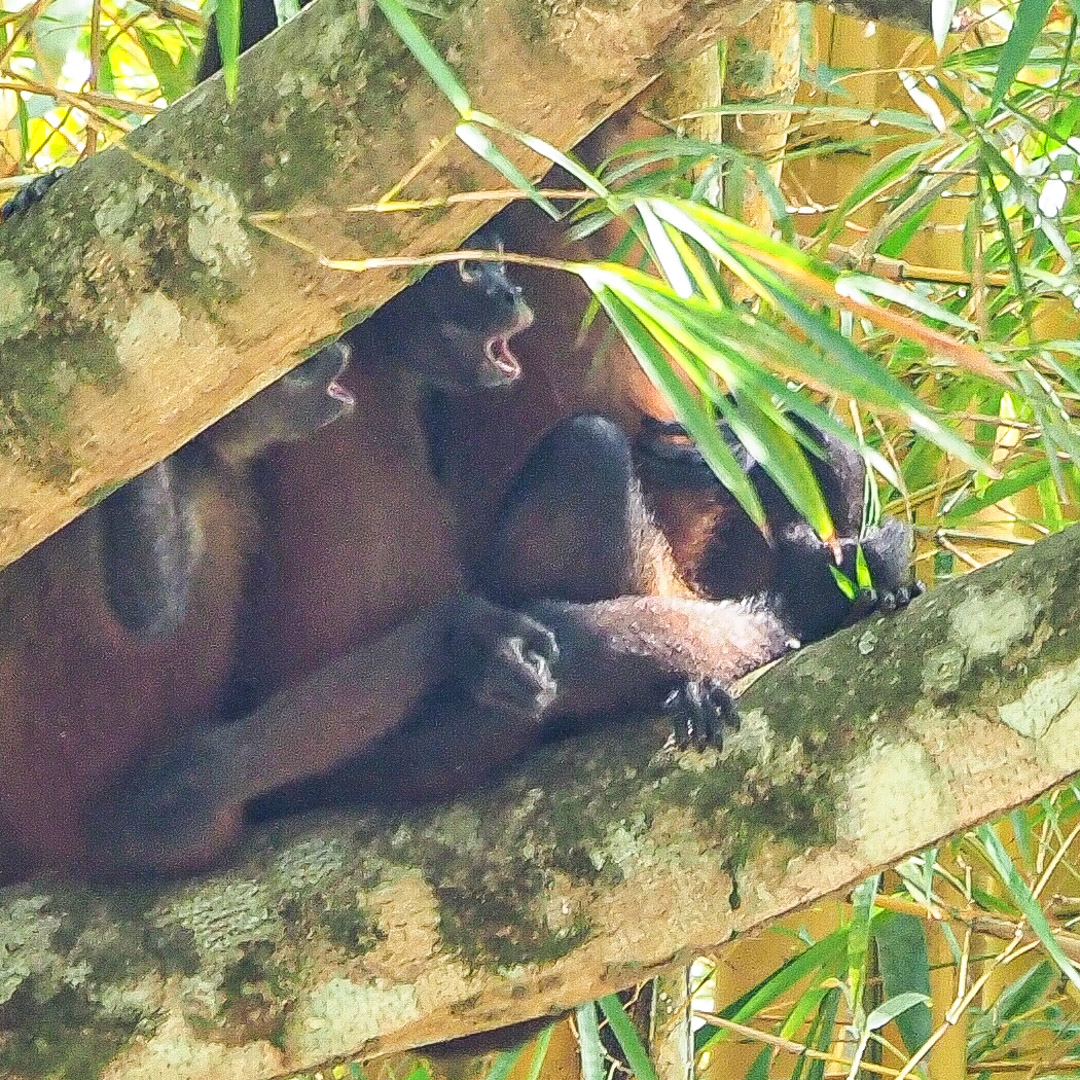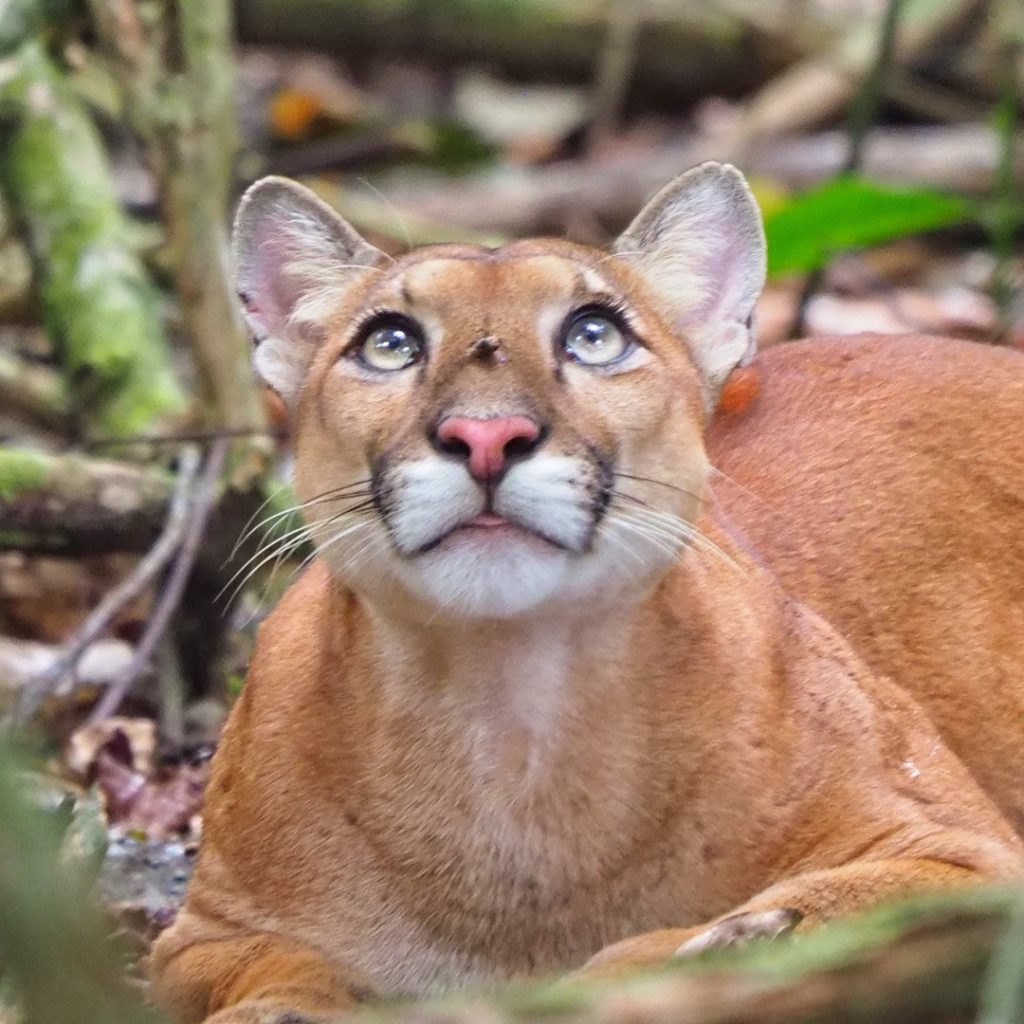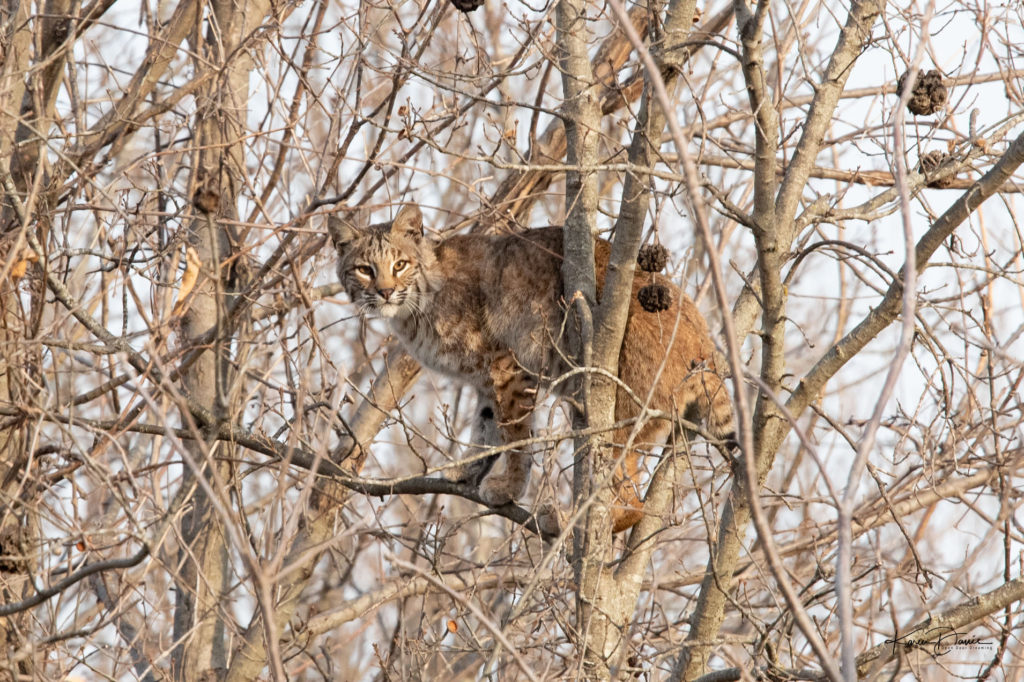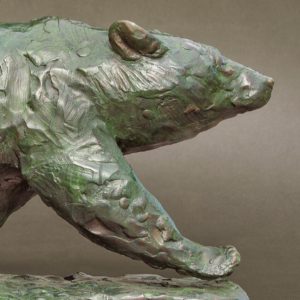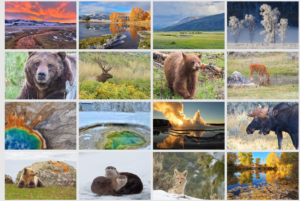Where do you go for vacation when you already live in one of the most amazing wildlife hotspots in the US? Another amazing wildlife hotspot, of course!
Our family has come to love Costa Rica and often visits for spring break, but this year I was able to fulfill my dream of staying for several weeks to further explore this wildlife-rich country, and particularly the Parque Nacional Corcovado.
It's the most remote part of the country, the hardest to get to, and no joke the hottest. The remoteness, along with high heat and humidity (did I mention ticks, more sweat than our hometown's annual precipitation, and miles of hiking through thick jungle?) are not for the faint of heart. "This place is not for wimps!" I said to my longtime friend Rachel Gray who went on the trip with me, as we sweated through an early morning hike. But the wildlife was truly the most abundant and diverse I've ever seen.
While there, I observed many parallels between the wildlife in Yellowstone, Corcovado, and any number of settings across the United States: a common animal language that transcends borders.
Like Yellowstone, Corcovado is a protected wilderness where wildlife can roam free and unmolested, which means you can see a lot of interesting wildlife interacting with each other, and at much closer distances than Yellowstone.
While some of the wildlife I saw (4 species of monkeys, tapirs, an ocelot, scarlet macaws, motmots, toucans) were definitely bucket-list species, the most memorable experiences were when I could find exciting animals by—you guessed it—listening to the animal language.
The first such encounter was listening the bananaquits alarming. These are small birds similar to warblers that hang out in tropical shrubs and gardens on forest edges, feeding on fruit and nectar. I was hanging on the porch of my little casa having coffee and writing in my journal when a group of bananaquits started relentlessly chirping. Once you've learned to tune in to bird alarms, it can be hard to have peace on the porch, because it becomes impossible to ignore!
I traded my coffee for binoculars, doubtful I would be able to see anything in the thick jungle of shrubs and trees. Eventually however, the little birds pointed me right to it; a green parrot snake! I was quite tickled - I would never have found the snake otherwise with such camouflage among the green leaves.
The bananaquit image below is used with permission through Canva. The snake image is mine.
The next very exciting encounter was tracking a puma (the same species as our local mountain lion!) with our amazing Corcovado guide Maikol.
We walked about 15k looking for a juvenile male that had been spotted recently. While we consider ourselves pretty good spotters, Maikol, who grew up on the Osa Peninsula, could find animals seemingly out of mid-air that we would have walked right by.
On the puma tracking day he spotted some recent--but not too fresh--tracks along the beach, so we kept walking. All of a sudden we heard spider monkeys alarming up ahead, and Maikol said "I am 99% sure that our puma is there," as we took off at a fast walk towards the sound.
When we reached the spot where the monkeys were alarming (click to hear the recording), Maikol told us to wait there while he went to try and find the cat. As he circled the spot beneath the alarms, the sound grew louder. Rachel and I stood there in awe, closely peering through the thick vegetation for any sign. We felt a little conspicuous standing there, as the alarms grew increasingly frantic, rising in a crescendo to a full-on shriek! "It's got to be right here," we whispered to each other.
Pumas in Corcovado are more tolerant of humans than they are here in the Rocky Mountain West. They are not hunted and do not attack humans, having so much natural prey. They don't seem to mind closer encounters with humans, so the local guides tend to approach closer than we'd ever dream of. Still, standing there in the jungle wilderness with spider monkeys going berserk over a deadly cat in the area was...exhilarating to say the least 
Eventually the alarms died down a bit, and Maikol determined that the cat had moved off. We hiked a bit farther along the beach, but decided to turn back after not encountering any additional sign, thinking that the cat must have doubled back from the monkey alarm point.
On the return, not too far past the monkey spot, Maikol spotted the faintest of fresh tracks. Back on the trail! Following sign I could barely discern, he sleuthed out the direction the cat had gone through a dry lagoon and into thick brush. The cat was very, very close. We creeped along the trail, peering into the brush. I didn't really think there was much hope of seeing the cat in the dense jungle (honestly tracking it was fun enough), when Rachel suddenly stopped and started waving frantically. And there it was, bedded, a stunningly beautiful puma.
(Both images below are mine; the spider monkeys are from a different encounter, and this is the actual puma we saw.)
The coolest thing about all this (besides seeing a snake and a puma), is that you don't have to travel to Costa Rica or Yellowstone to have exciting wildlife encounters!
Recently, Karen Davis, a student in George's Eavesdropping on Wild Conversations course (who also has a wonderful nature blog and website) discovered a bobcat in the trees on her walk in Missouri by listening to the alarms from the crows!
Here's what she said:
"The crows were going extra crazy today. I've gotten used to what they sound like when there's a hawk and often I can't find what they are worked up about but today it was a whole other level. I saw something fuzzy in the tree and thought maybe it would be baby owls but no..."
Photo by Karen Davis.
Just like birds and monkeys in Costa Rica, listening to the ravens and coyotes will tell us where wolves and bears are in Yellowstone, you can find cool things wherever you are when you tune in to animal language.

